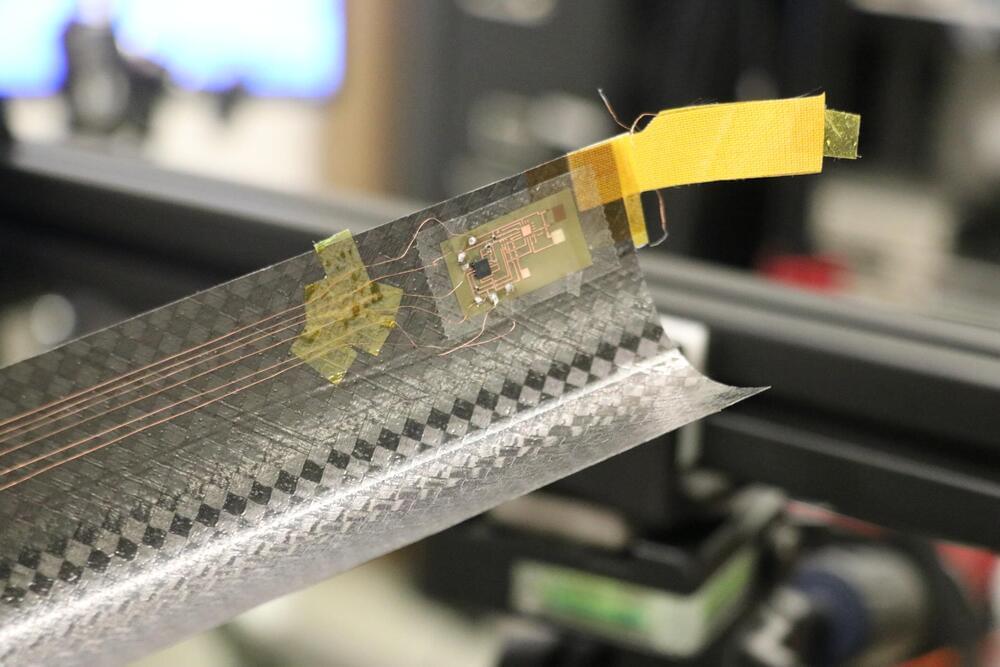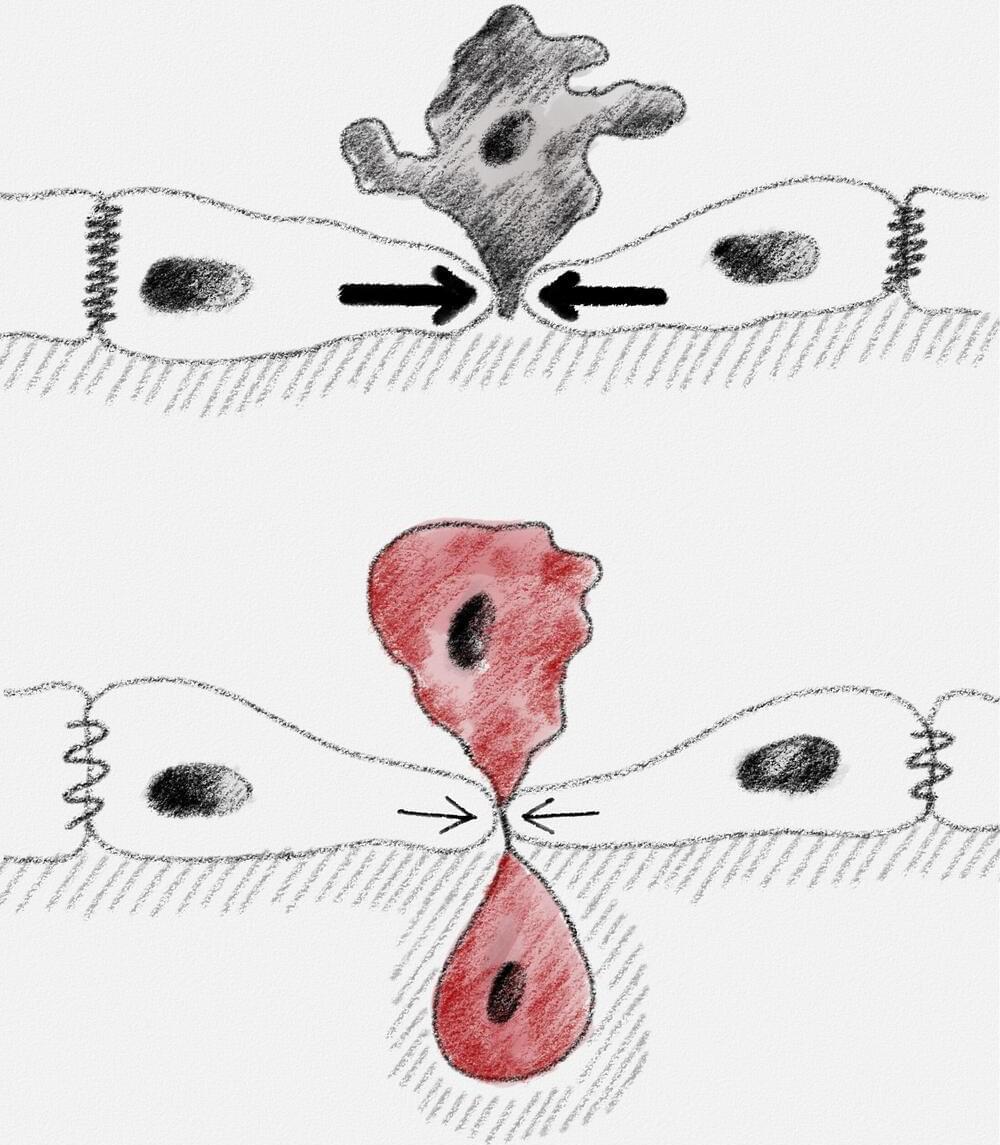Innovative integration of flexible electronics with a lightweight, self-deployable boom offers multifunctionality for space applications. This ultrathin composite structure, designed to withstand harsh space conditions, enhances satellite capabilities. The Virginia Tech CubeSat, featuring this technology, is set for a 2025 launch.
Being lightweight is essential for space structures, particularly for tools used on already small, lightweight satellites. The ability to perform multiple functions is a bonus. To address these characteristics in a new way, researchers at the University of Illinois Urbana-Champaign successfully integrated flexible electronics with a three-ply, self-deployable boom that weighs only about 20 grams.
The study, “Multifunctional bistable ultrathin composite booms with flexible electronics,” by Yao Yao and Xin Ning from Illinois, Juan Fernandez from NASA Langley Research Center and Sven Bilén at Penn State, is published in Extreme Mechanics Letters.
“It’s difficult to get commercial electronics integrated into these super thin structures,” said Xin Ning, an aerospace professor in The Grainger College of Engineering at U. of I. “There were a lot of engineering constraints adding to the challenge of making the electronics able to withstand the harsh environment of space.”





